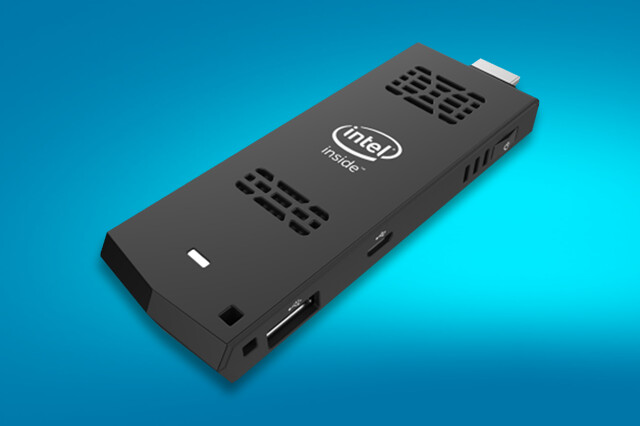- Registriert
- 1 Juli 2008
- Beiträge
- 5.731
Hi,
da hier im WSNP ja öfters mal einzelne Threads zu interessanten Artikeln haben, dachte ich wir machen einen Sammelthread drauß und posten hier lesenswerte News/Artikel zum Thema Internet/Computer/usw. Postet einfach Artikel, von denen ihr denkt, dass sie für andere User interessant sind.
Damit ihr ein Beispiel habt fange ich an:
CCC knackt Bundestrojaner
Zur Diskussion des Artikels geht es hier entlang.
Ich sag jetzt bewusst nichts dazu, da ich noch nicht weiß ob wir hier nur Links posten oder auch darüber diskutieren - meist sind das sowieso nur recht kleine Diskussionen in den Threads zu Artikeln gewesen, daher könnte man das vllt. durchaus machen.
Könnt ja eure Meinung posten, oder (als Mod) den Thread löschen wenn ihr die Idee schlecht findet
War eine recht spontane Idee, aber ich mag net so viele von mir eröffnete Threads im WSNP sehen
da hier im WSNP ja öfters mal einzelne Threads zu interessanten Artikeln haben, dachte ich wir machen einen Sammelthread drauß und posten hier lesenswerte News/Artikel zum Thema Internet/Computer/usw. Postet einfach Artikel, von denen ihr denkt, dass sie für andere User interessant sind.
Damit ihr ein Beispiel habt fange ich an:
CCC knackt Bundestrojaner
Zur Diskussion des Artikels geht es hier entlang.
Ich sag jetzt bewusst nichts dazu, da ich noch nicht weiß ob wir hier nur Links posten oder auch darüber diskutieren - meist sind das sowieso nur recht kleine Diskussionen in den Threads zu Artikeln gewesen, daher könnte man das vllt. durchaus machen.
Könnt ja eure Meinung posten, oder (als Mod) den Thread löschen wenn ihr die Idee schlecht findet
War eine recht spontane Idee, aber ich mag net so viele von mir eröffnete Threads im WSNP sehen
Zuletzt bearbeitet:









